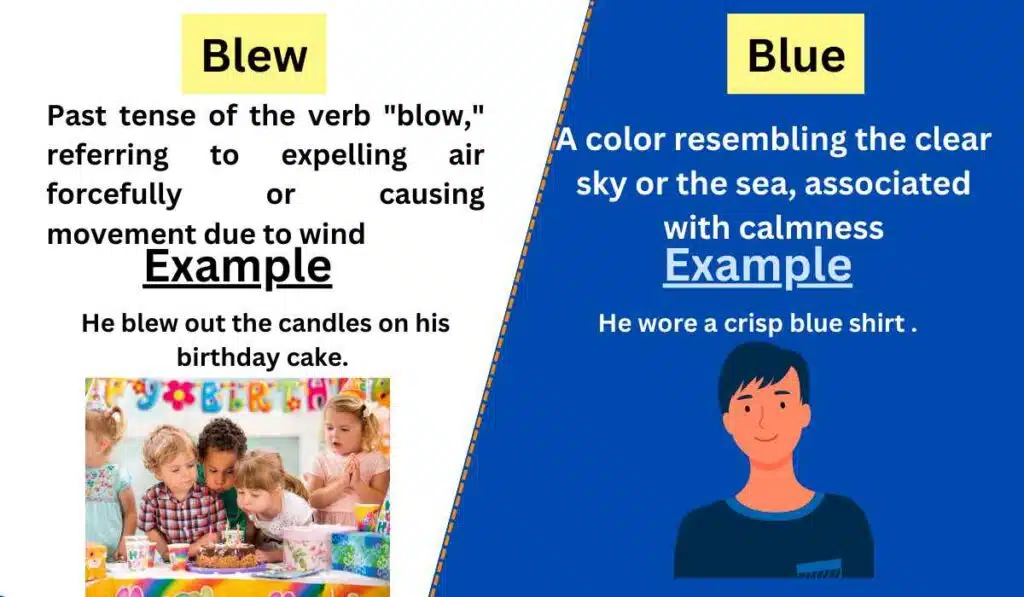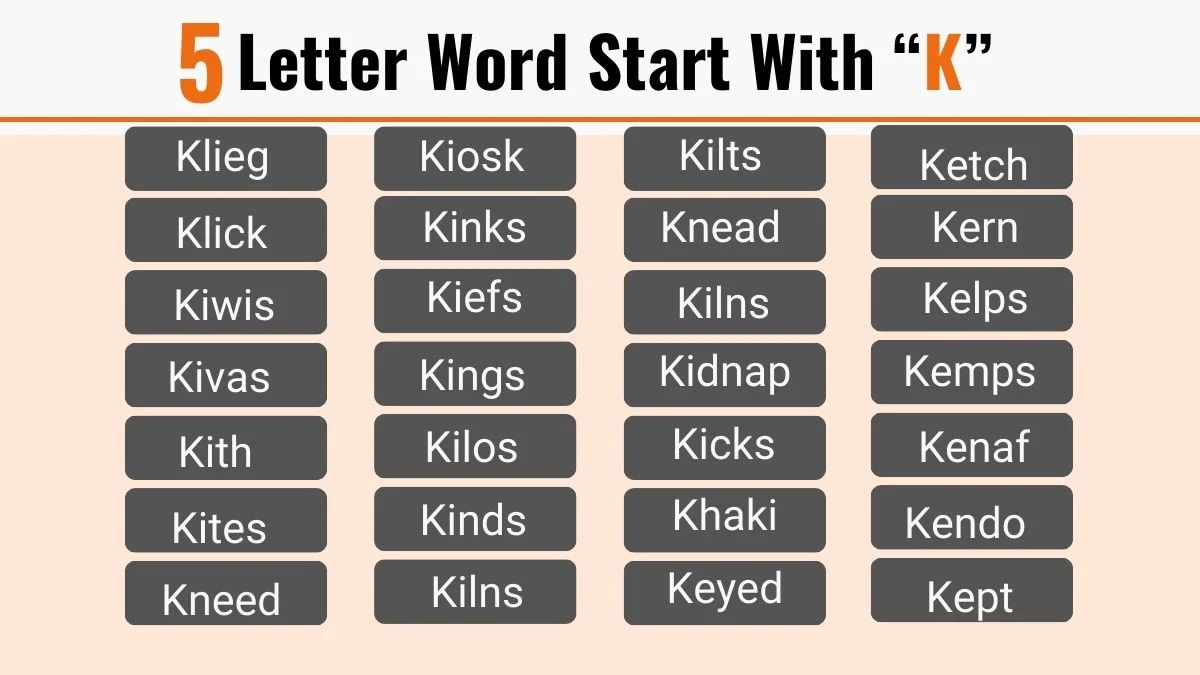Blew vs. Blue-Difference Between with examples
In the English language, words that share similar spellings can often have vastly different meanings. “Blew” and “blue” are two such words that can cause confusion due to their similar appearance.

In this article, we will explore the definitions, differences, and contextual usage of these terms to gain a clearer understanding of their significance.
By discerning between “blew” as a past tense verb and “blue” as a color, we can effectively communicate actions in the past and describe various shades of the color spectrum. Let’s delve into the contrasts between “blew” and “blue.”
Meanings and Examples
Blew Meaning
Past tense of the verb “blow,” referring to the act of expelling air forcefully or causing something to move with force due to air or wind.
Blew Examples
- He blew out the candles on his birthday cake.
- The wind blew the leaves off the trees.
- The referee blew the whistle to start the soccer game.
- She blew her nose into a tissue to clear her sinuses.
- The gust of wind blew the hat off his head and into the distance.
Blue Meaning
Adjective and noun: A color resembling the clear sky or the sea on a sunny day, often associated with feelings of calmness and tranquility.
Blue Examples
- She painted her bedroom walls a soothing shade of blue.
- The artist used different shades of blue to create a serene landscape painting.
- He wore a crisp blue shirt to the job interview.
- The ocean sparkled with shades of blue and green.
- The toddler pointed excitedly at the bright blue balloon.
Differences Between Blew and Blue
| Criteria | Blew | Blue |
| Meaning | Past tense of the verb “blow,” referring to expelling air forcefully or causing movement due to wind | A color resembling the clear sky or the sea, associated with calmness |
| Part of Speech | Past tense verb | Adjective and noun |
| Pronunciation | bluː | bluː |
| Usage | Describing an action that occurred in the past involving the forceful movement of air or wind | Describing a color or expressing calmness and tranquility |
Usage in a Paragraph
As the wind blew through the open window, the curtains billowed and danced in the air. He blew on the steaming cup of coffee to cool it down before taking a sip. The storm blew down trees and caused power outages in the area. Despite the strong wind, the little girl held onto her kite tightly, determined not to let it be blown away. The musician blew into the saxophone, producing soulful melodies that resonated throughout the jazz club.
The serene beach stretched before them, its sands kissed by gentle waves and framed by the clear blue sky. They sat on the shore, admiring the shades of blue in the water and feeling a sense of tranquility wash over them. The artist mixed various pigments to create a unique shade of blue for his masterpiece. She wore a beautiful blue dress that accentuated her eyes, and the color complemented her fair complexion. The robin’s eggs nestled in the nest were a delicate shade of blue, awaiting the hatching of new life.
By understanding the differences between “blew” and “blue,” we can accurately communicate actions that occurred in the past involving the forceful movement of air or wind, as well as describe various shades of the color spectrum associated with calmness and tranquility. “Blew” functions as the past tense of the verb “blow,” while “blue” serves as both an adjective and a noun representing a color resembling the clear sky or sea. By using these terms appropriately, we can convey past events and evoke the serene ambiance of the color blue in our descriptions.







Leave a Reply